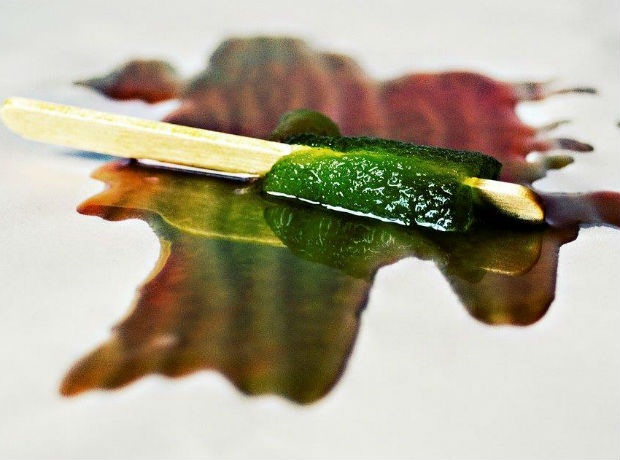
Picture courtesy of Flickr user FraserElliot under the Creative Commons License 2.0
Britain’s politics may be going to hell in a handbasket, but when it comes to finding new and innovative ways to consume alcohol, we’re global leaders. The sun’s out, and, thanks to a spate of NPD, booze-infused ice pops, creams and lollies are becoming a valuable category in their own right.
However, the way these products are branded and marketed raises some uncomfortable questions for retailers and brands alike, with police warning the public this week not to lose track of their alcohol intake just because they’re consuming it in frozen form.
As one inspector told The Guardian: “On a hot summer’s day, it is easy to lose count of how many you have and then get behind the wheel of a car. If you wouldn’t consider drinking a gin and tonic or cocktail when driving, then you shouldn’t consider having one of these lollies.”
Come on, people. Really? It’s the job of the police to be uber-cautious on issues of public safety, however patronising it may feel. But I seriously doubt growth in novelty booze ice-lollies will lead to any significant spike in drunk-driving incidents.
While a select few of these products admittedly have a relatively high alcohol content – Lic’s mojito and pina colada-flavoured lolly weighs in at a hefty 10% – they’re generally about as strong as a mainstream lager. But their strength isn’t even really that important when you factor in the way these products are actually consumed, and the fact that the average alcoholic ice lolly contains less physical matter than a 330ml can of beer.
Mass consumption
Actual booze lends itself all too well to mass consumption. Especially in the summer. Ice lollies don’t. You have to be a special kind of psychopath to realistically consider eating more than two of these and going on a bender. I can barely finish one without feeling a little sickly.
What is worrying, though, is the way these products are packaged. While traditional booze formats are easily recognisable and subject to intense scrutiny from the likes of the Portman Group, the lines are more blurred when it comes to these “crossover” products, many of which don’t properly differentiate themselves from their family-friendly counterparts.
Think about how they appear in the freezer at home. Any messaging or imagery that increases the likelihood of an unknowing child snarfing down an intoxicating ice pop could spell bad news for that brand.
“If you’ve got a range of ice creams and one of them has alcohol in it, it should be clearly differentiated. We’ve seen some alcoholic ice creams on the market where their packaging is literally covered in cartoons. It is being overlooked,” says Jane Woodhead, director of boozy ice cream brand Speakeasy Ice Creams.
And it’s not just boozy ice pops that have strayed into problematic territory with potentially misleading branding recently. Past months have seen a number of ‘craft soda’-style launches that could quite easily be mistaken for soft drinks, such as Tipple Brands’ Happy Down crafted sparkling cocktail range, or Global Brands’ new Crooked Bev Co. range.
Without clearer guidance, these products seem inherently risky, no matter how where they are displayed in-store.
The responsibility for preventing kids consuming alcohol at home ultimately lies with parents. But committing to best practice in selling those products that are likely to draw kids’ attention can only be positive. It’s all fun and games until someone gets sued.







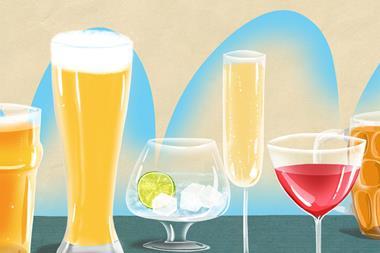
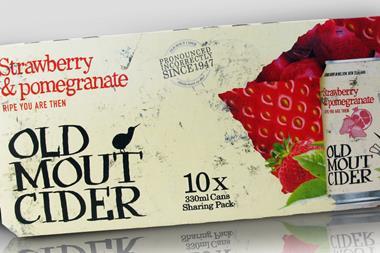
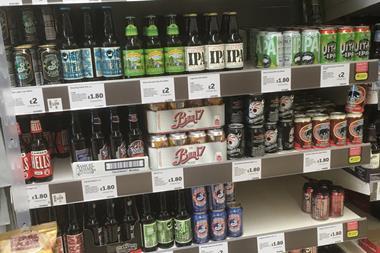
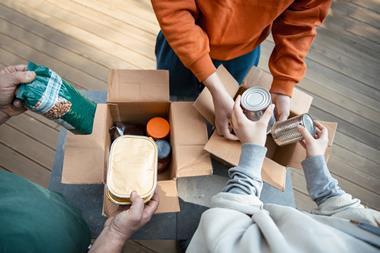
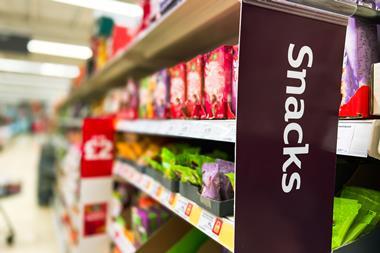
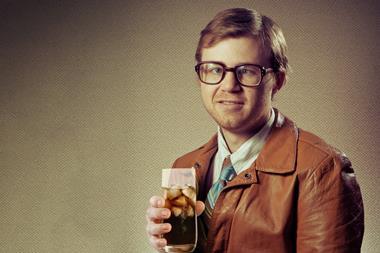
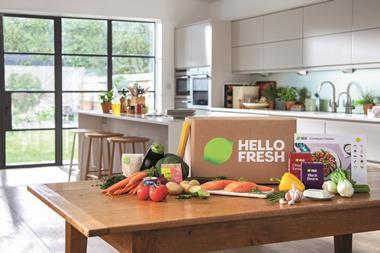
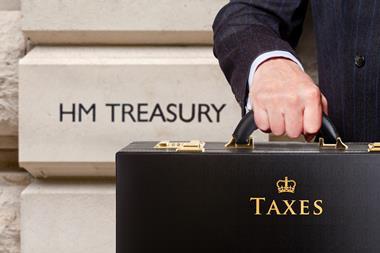




No comments yet